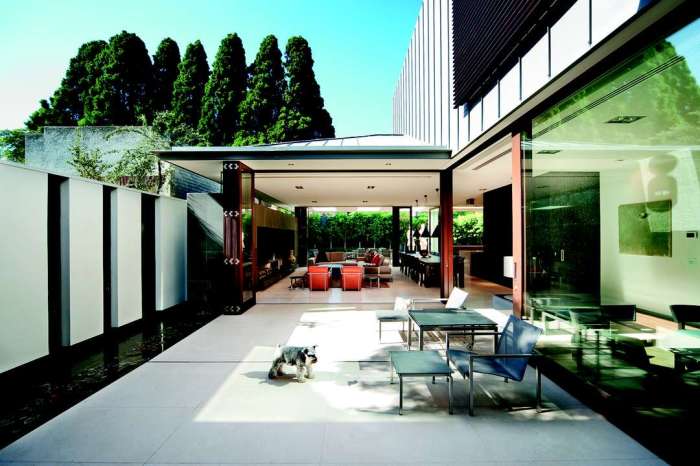Hunter House by Darren Carnell Architects, Australia
Zinc has a long history of use in interior spaces; restaurants and bars of 19th century often used it in their countertops. The naturally antimicrobial, mildew- and mold-resistant properties of the metal made it ideal for kitchens, aiding the eating of oysters and the quaffing of absinthe.
Lakeside House by Resolution: 4 Architecture, Kent, New York
But zinc has also proved extremely beneficial for use as cladding for contemporary architecture.
One form this use can take is through galvanization, a process that coats other metals such as aluminum, steel, or iron with an external layer of zinc. The element easily forms bonds with oxygen, carbon dioxide, and water molecules creating a chemical compound, zinc carbonate. This compound gives the metal its dull grey color and forms an extremely tough, resistant outer layer, which layer protects metals underneath it from corrosion. It can be used for applications from exterior cladding to hardware such as nails and screws.
Continue reading here.
Capel Manor House Guest Pavilion by Ewan Cameron Architects, Horsmonden
The Shed by Richard Peters Associates, Sydney, Australia



